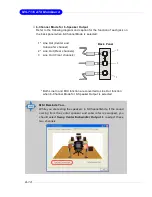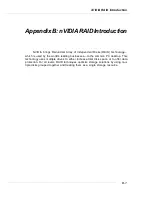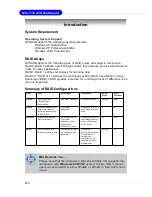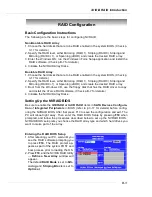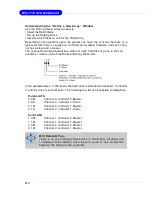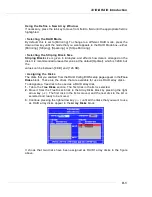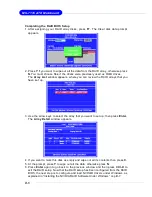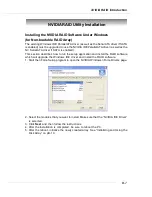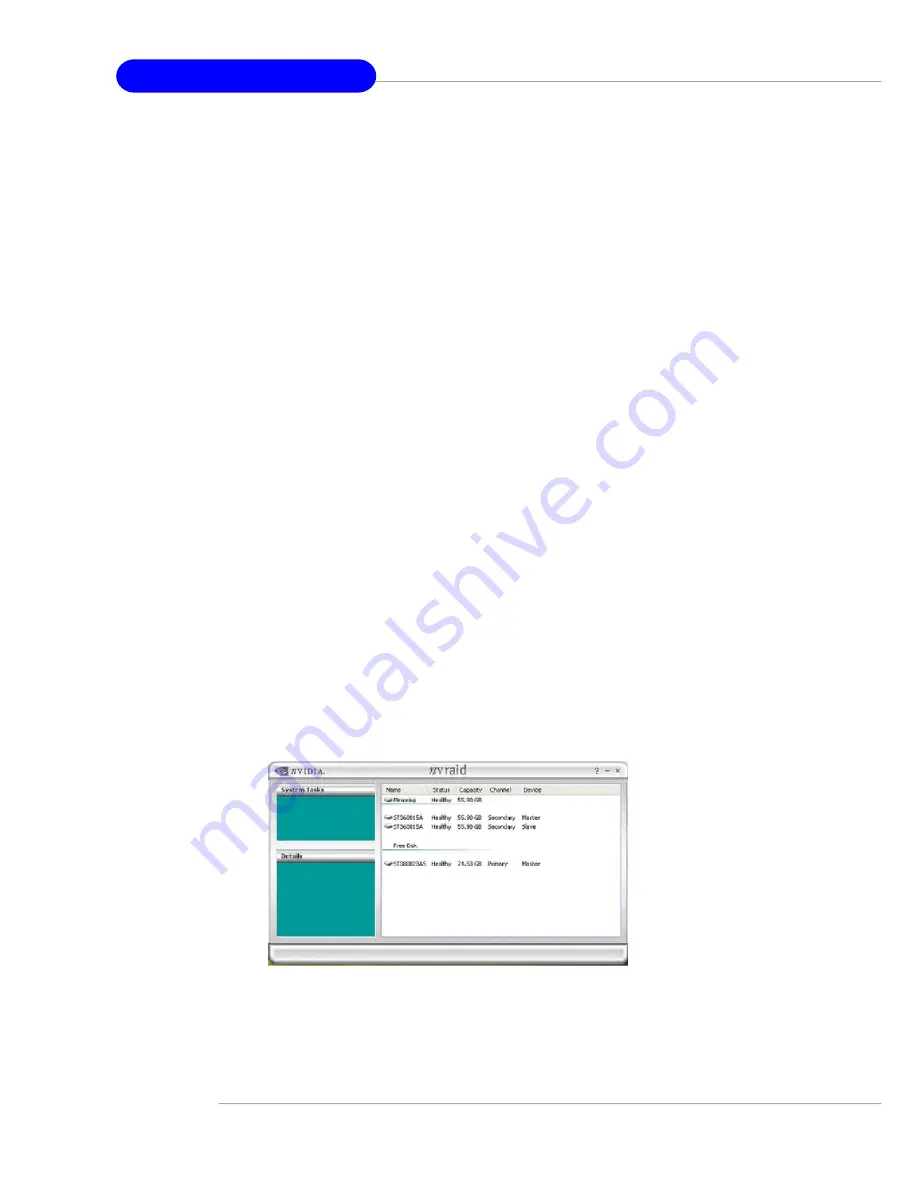
B-14
MS-7135 ATX Mainboard
Setting Up a Spare RAID Disk
You can designate a hard drive to be used as a spare drive for a RAID 1 or RAID 0+1
array2. The spare drive can take over for a failed disk. NVRAID supports two types
of spare drives:
•
Free Disk
A free disk is a disk that is not part of any RAID array, but can be used by any
available RAID 1 or RAID 0+1 array that requires a particular disk when one of its
disks crashes or becomes unusable. The process is automatic and doesn
’
t require
any user interaction.
For example, if you have a system with four hard disks where one disk is used to
boot the OS, two hard drives are set up in a mirrored array, and a fourth hard disk is
set up as a free disk, then if one of the mirrored array drives fails, the free disk will
be automatically assigned to the mirrored array to be used instead of the failed disk.
•
Dedicated Disk
A dedicated free disk is a disk that is assigned to a RAID 1 or RAID 0+1 array and that
disk is used by that array only when needed, for example during a system crash
where a RAID mirrored drive is broken. The dedicated disk can be used only by the
array that it is assigned to and not by any other array, unlike a free disk which can be
used by any available RAID 1 or RAID 0+1 array.
Assigning a Free Disk
To mark a disk as free, or not a part of any array,
1.
Enter the system BIOS setup and make sure that the drive that you want to mark as
free is RAID enabled.
2.
Enter the RAID BIOS and make sure that the drive is not part of any array (if one
exists).
3.
Boot into W indows and run the NVRAIDMAN program. The drive appears under the
Free Disk section. The figure below shows an example of the NVRAIDMAN display
if you have a mirror array and one free disk.

